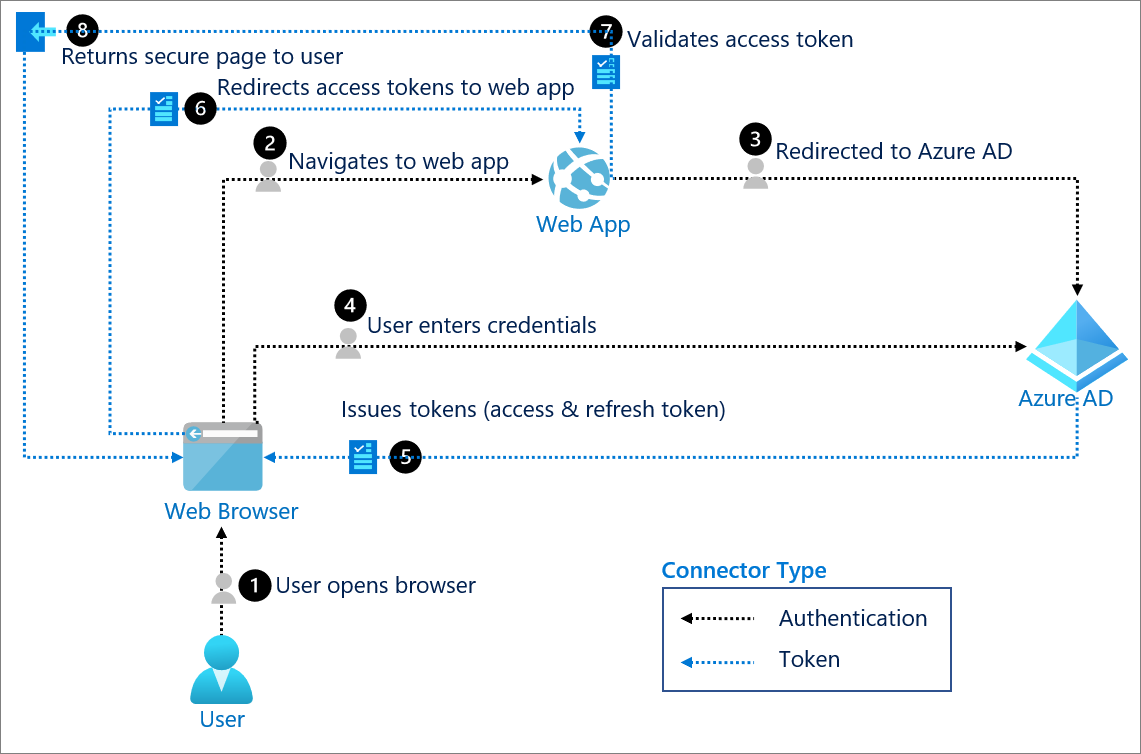Browser Extension Trojan Hits 2.3 Million Users: The Hidden Threat in Your Everyday Tools
In a sophisticated cyber operation dubbed "RedDirection," security researchers have uncovered one of the largest browser hijacking campaigns to date. Over 2.3 million Chrome and Edge users fell victim to malicious code hidden within seemingly innocent browser extensions – tools they trusted and used daily for productivity and entertainment.

The Perfect Digital Trojan Horse
What makes this attack particularly insidious is its execution. These weren't suspicious extensions from unknown developers. They were established, popular tools with hundreds of positive reviews and, in some cases, Google verification badges. Extensions like "Color Picker, Eyedropper," "Video Speed Controller," and "Weather Forecast" had built legitimate user bases over months or years before their developers pushed malicious updates.
The attack strategy was devastatingly simple:
- Build trust with functional, useful extensions
- Gain popularity through legitimate reviews and usage
- Push silent updates containing malicious code
- Hijack user browsing without detection
How the Attack Worked
The malware operated as a sophisticated man-in-the-middle attack:
- Background monitoring of every website visit
- Data exfiltration of browsing habits and URLs
- Command and control communication with attacker servers
- Selective redirection to malicious websites when triggered
Critically, the extensions continued to function exactly as advertised. Users picking colours, controlling video speeds, or checking weather forecasts had no idea their browsing was being monitored and potentially redirected to phishing sites.
The Broader Security Implications
This attack highlights several concerning trends in cybersecurity:
Supply Chain Vulnerabilities
Even trusted software distribution channels like the Chrome Web Store and Microsoft Edge Add-ons can be exploited. The verification processes that users rely on failed to detect malicious updates.
Silent Update Abuse
Automatic updates, designed for user convenience and security, became the attack vector. Users received malicious code without any notification or consent.
Long-Term Persistence
By maintaining legitimate functionality while adding malicious capabilities, these extensions could operate undetected indefinitely until activated by attackers.
Beyond Browsers: Enterprise Implications
While this attack targeted individual users, the implications for businesses are significant:
Corporate Browsing: Employees using compromised extensions could inadvertently expose corporate credentials or redirect to business email phishing sites.
Data Exfiltration: Browsing patterns and visited websites could reveal sensitive business information, competitor research, or strategic plans.
Lateral Movement: Compromised credentials obtained through redirected phishing could provide attackers with entry points into corporate networks.
Compliance Risks: Data protection regulations may require organisations to report breaches involving employee browsing data.
Protecting Your Organisation
Immediate Actions
If your organisation hasn't already, implement these steps immediately:
- Audit browser extensions across all corporate devices
- Remove suspicious extensions and reset browser settings to default
- Force password resets for potentially compromised accounts
- Clear browsing data including cookies, cache, and stored credentials
- Run comprehensive malware scans on affected systems
Long-Term Security Measures
Browser Management Policies: Implement centralised control over which extensions can be installed on corporate devices.
Extension Vetting: Establish approval processes for browser extensions used in business contexts.
Regular Security Training: Educate employees about the risks of browser extensions and social engineering attacks.
Multi-Factor Authentication: Implement MFA across all business systems to mitigate credential theft.
Network Monitoring: Deploy tools to detect unusual browsing patterns or suspicious network traffic.
How altiacyber Can Help
At Altiacyber, we understand that modern cyber threats extend far beyond traditional malware. Our comprehensive security services help organisations protect against sophisticated attacks like browser hijacking:
Assessment Services
Penetration Testing: Identify vulnerabilities in your web applications and browser-based workflows that could be exploited through compromised extensions.
Vulnerability Assessment: Comprehensive security reviews including endpoint configurations and browser security policies.
Red Teaming: Advanced threat simulations that test your organisation's response to multi-vector attacks including browser compromise.
Protection Services
Endpoint Protection: Advanced solutions that monitor and protect against malicious browser activity and unauthorised extensions.
Mail Security: Protection against phishing campaigns that often follow browser hijacking to harvest credentials.
Perimeter Defences: Network security measures that can detect and block communication with malicious command and control servers.
Governance and Compliance
Security Compliance Management: Ensure your organisation meets industry standards for endpoint security and data protection, including browser-based threats.
The Evolving Threat Landscape
The RedDirection campaign represents a evolution in cyber attack sophistication. As traditional security measures improve, attackers are targeting the tools we use every day – our browsers, extensions, and productivity applications.
This incident serves as a reminder that cybersecurity isn't just about protecting servers and networks. It's about securing every component of our digital ecosystem, from the smallest browser extension to the largest enterprise application.
Don't let trusted tools become your biggest vulnerability.
Concerned about browser security and endpoint protection in your organisation?
Contact altiacyber for a comprehensive security assessment that covers all aspects of your digital environment.
Contact us at innovate@altiatech.com or call +44 (0)330 332 5482
















